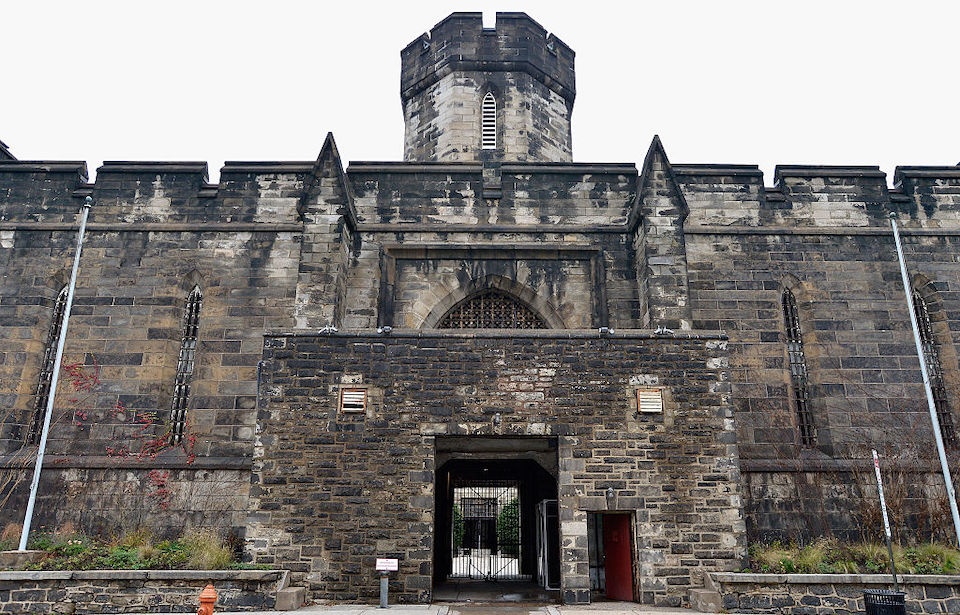There are many defunct prisons across the United States, but few have the storied history of Eastern State Penitentiary. A state-of-the-art prison touted as the world’s first “true” penitentiary, it was home to some of the country’s most notable criminals and influenced the design of hundreds of facilities across the world.
Choosing the ideal design
In 1821, after years of lobbying by the Philadelphia Society for Alleviating the Miseries of Public Prisons, the Pennsylvania Legislature approved funding for the construction of a new prison in Philadelphia that would house 250 inmates.
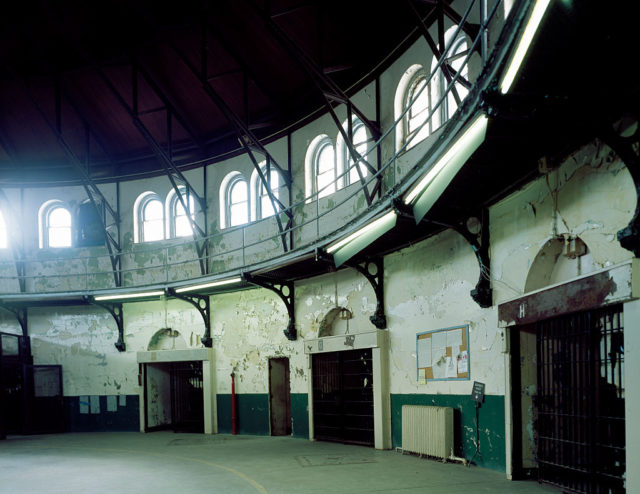
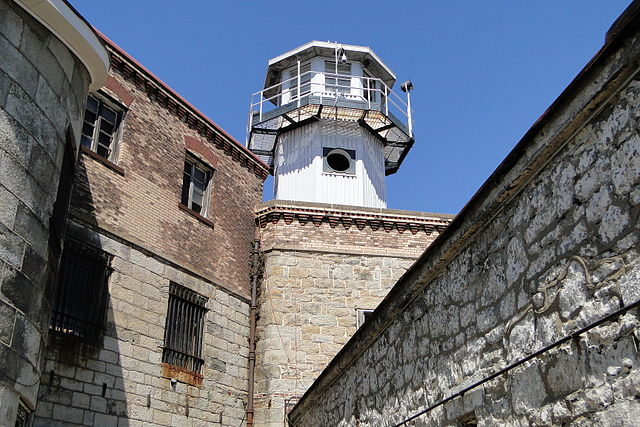
A competition was held, with four architects submitting designs. The winner was John Haviland, who took inspiration from prison facilities in England and Ireland from the 1780s. His neo-Gothic design won him a $100 prize and the ability to oversee the project.
Construction of Eastern State Penitentiary
The original design for Eastern State Penitentiary included seven one-story cellblocks, but by the time construction of three had been completed, it was over-capacity. This led to a shift in design, with all subsequent cellblocks consisting of two floors.
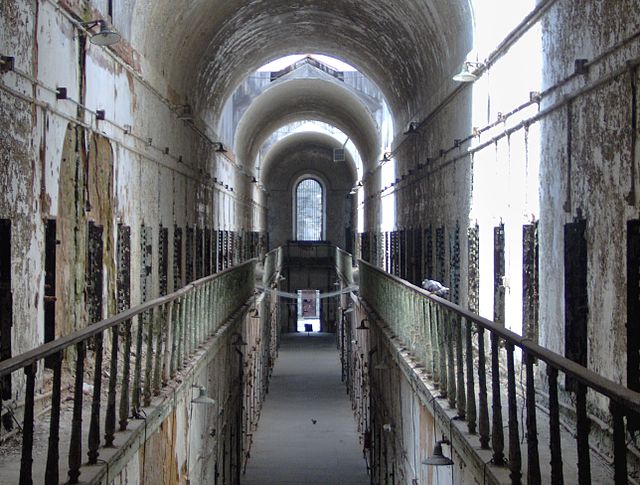
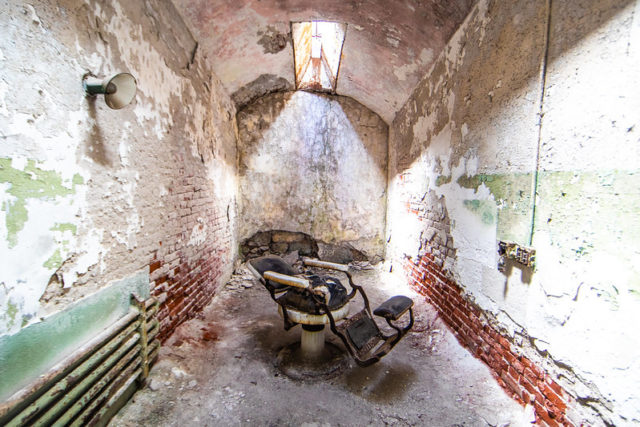
The design of each cell was altered. The initial plan was to house inmates in cellblocks accessible only by entering through a small exercise yard at the back of the prison. However, the design proved impractical and the cells were changed to allow prisoners to enter and leave through metal doors covered by a secondary wooden door to block out noise. Each had a single glass skylight on the ceiling, made to represent the “Eye of God.”
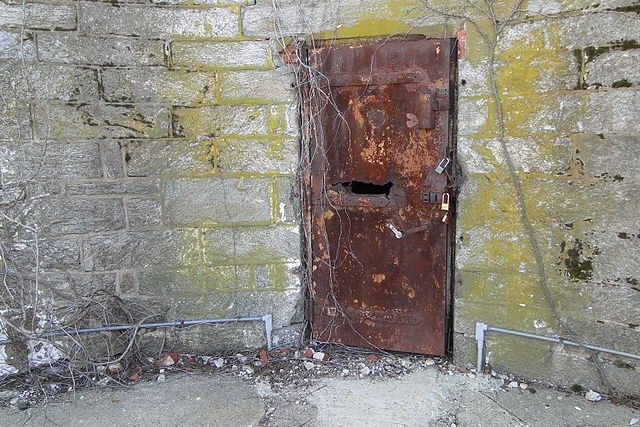
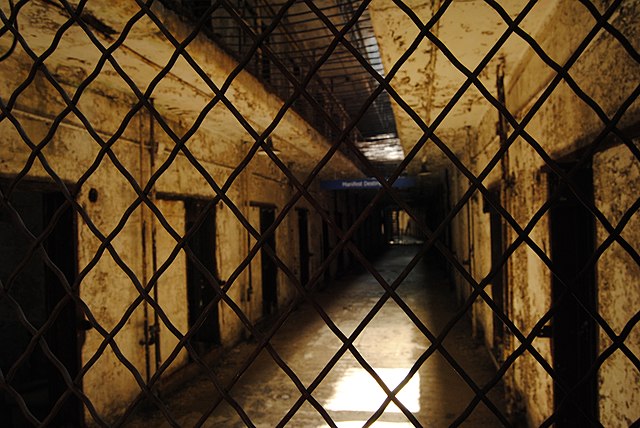
The cellblocks contained advanced accommodations. These included curved pipes that provided heat during the winter and faucets with running water over a flush toilet. Each toilet had individual pipes to limit potential communication between inmates, and they were remotely flushed twice a week by guards.
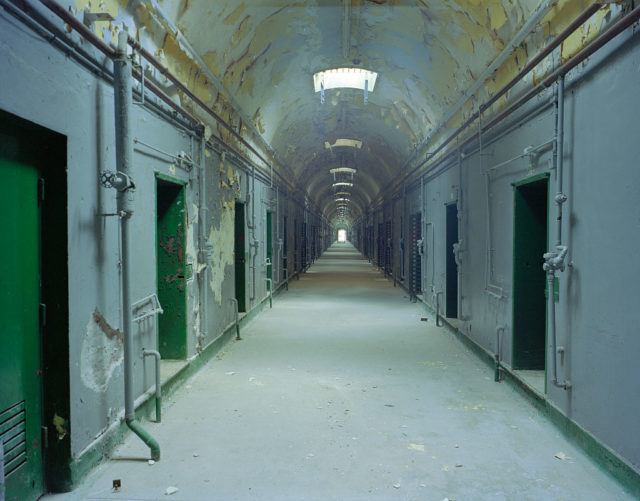
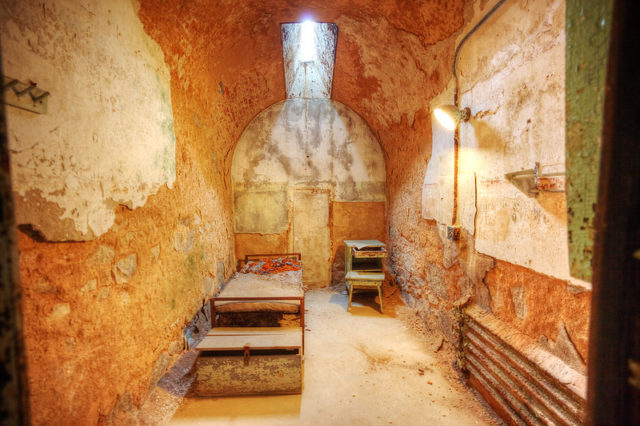
Additionally, a hospital wing was built to treat sick prisoners. Along with an operating room and laboratories, it featured an X-ray lab, hydrotherapy rooms, a pharmacy, a psychiatric department, and a solarium to treat tuberculosis patients.
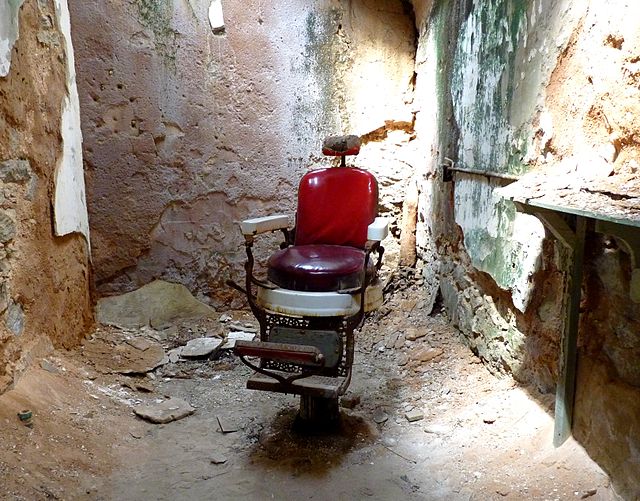
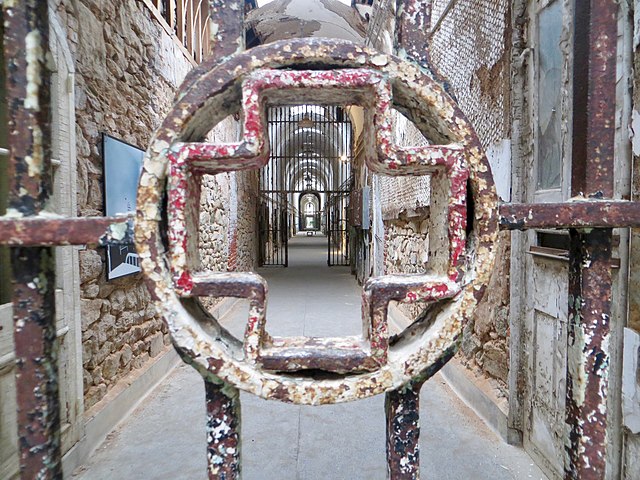
By the time construction was completed in 1836 – seven years after Eastern State opened – the building was the largest and most experience ever erected in the US, costing $800,000. Its capacity had also increased to 450 inmates.
A revolutionary prison
Upon its opening on October 25, 1829, Eastern State Penitentiary was considered a revolutionary prison, which emphasized reform and rehabilitation over punishment. Inmates were punished with what was known as the “individual-treatment system,” meaning they were separated from others.
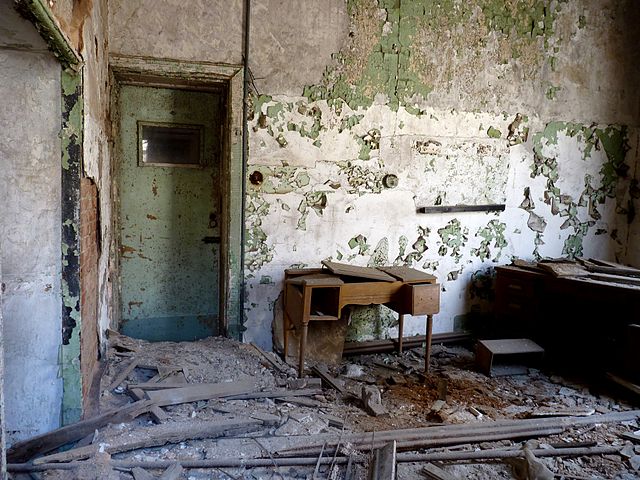
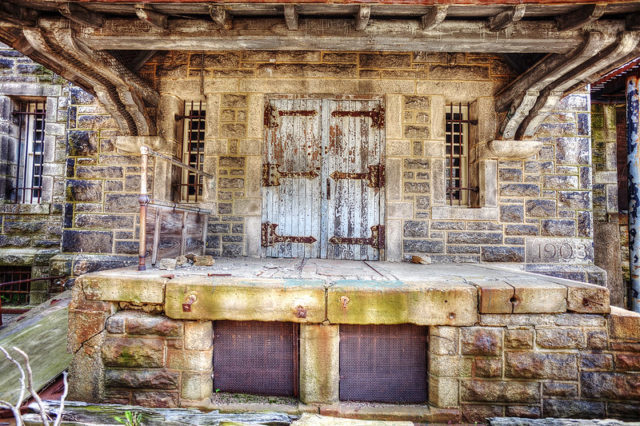
This idea of separation was taken incredibly seriously. Exercise time for prisoners was synchronized in such a way as to ensure no two were next to each other, and guards covered inmates’ heads with hoods whenever they left their cells.
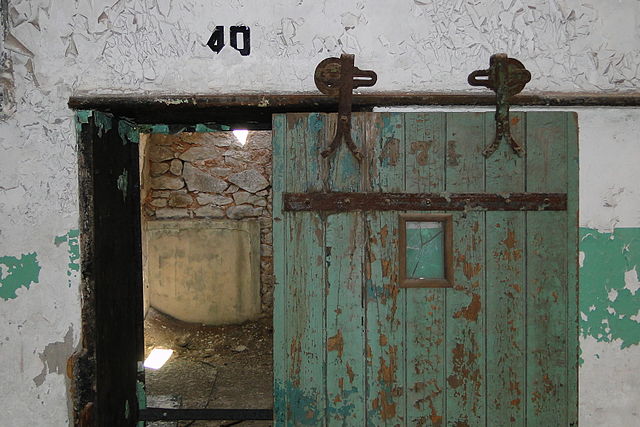
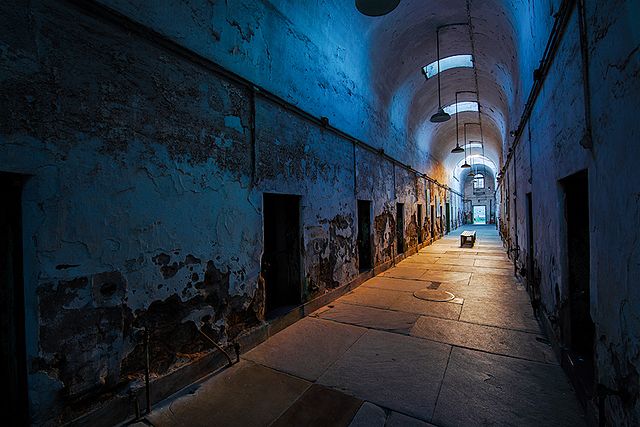
Some guards took their jobs to the extreme, psychologically and physically torturing inmates. Some techniques included dousing prisoners with ice-cold water during the winter, strapping them to chairs with leather restraints, chaining their tongues to their wrists, and putting them into “The Hole,” an underground cellblock with no light, little food, and no human contact.
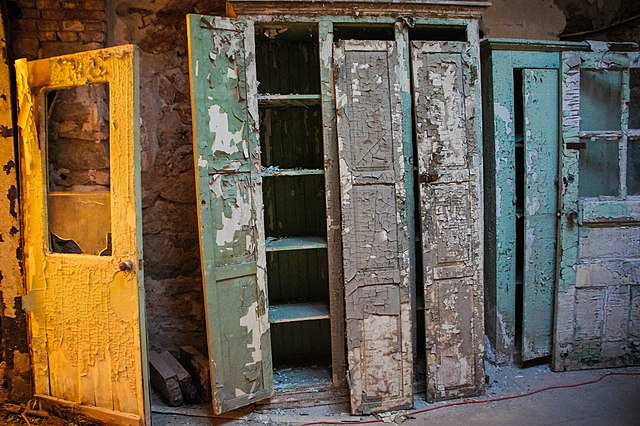
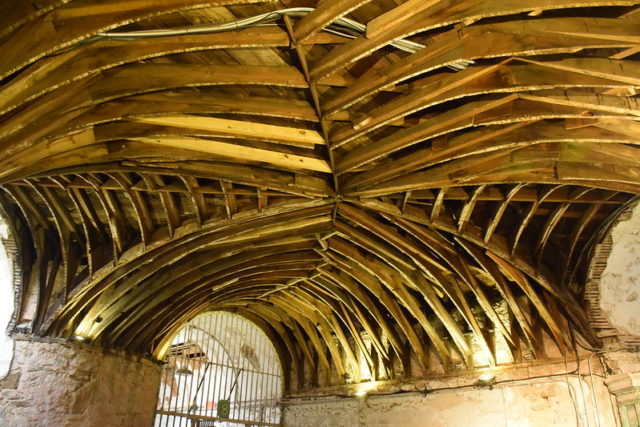
During its early years, the majority of prisoners sent to Eastern State were convicted of petty crimes and sentenced to a maximum of two years. However, it later became home to some of history’s most notable criminals, including mobster Al Capone and bank robber Willie Sutton. It even housed Pep “The Cat-Murdering Dog,” who was sentenced to life for allegedly murdering Philadelphia Governor Gifford Pinchot’s wife’s cat.
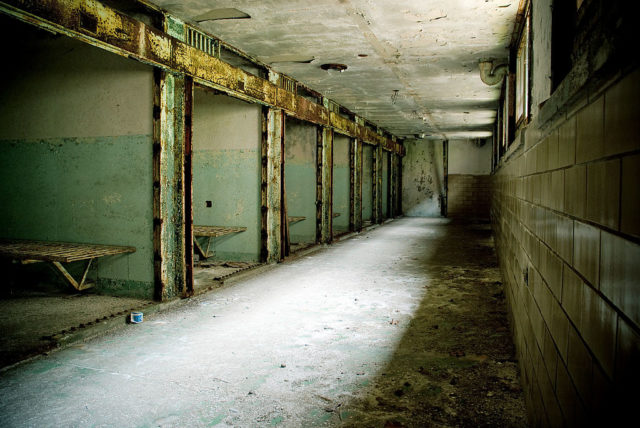
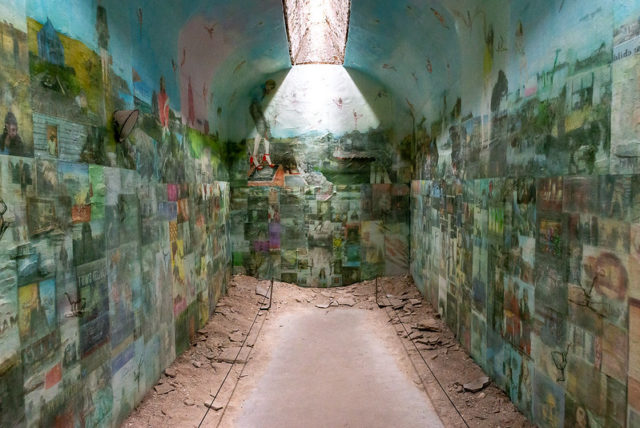
The penitentiary also played host to thousands of famous visitors, including Alexis de Tocqueville and author Charles Dickens. While these guests were allowed to speak with the inmates, their family and friends were not allowed to contact them during their stay.
Abandoning solitary confinement
In 1913, Eastern State Penitentiary abandoned the solitary system due to issues with overcrowding, allowing inmates to interact with one another. This extended into mealtimes, which were held in group dining rooms.
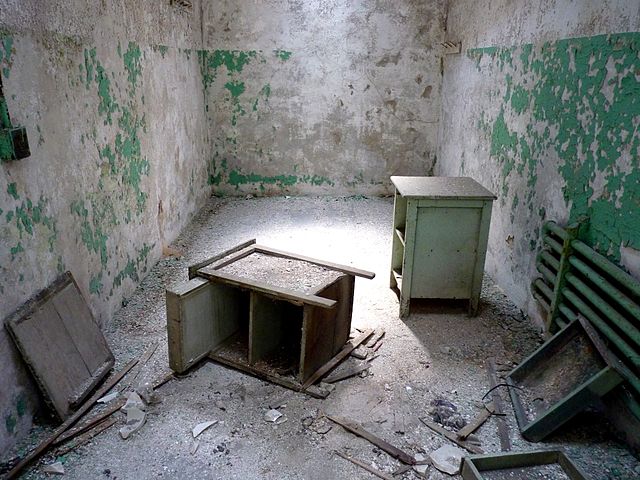
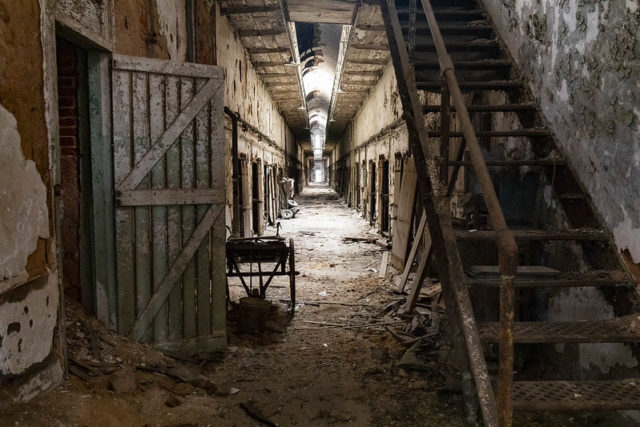
Over its nearly 150-year history, Eastern State experienced prisoner riots. Many were over insufficient recreational facilities and inmate boredom, as well as low wages. The most notable occurred in 1961, when inmate John Klausenberg tricked a guard into opening the cell of another prisoner. The pair then overpowered the guard, launching the largest riot in the penitentiary’s history. While it was subdued several hours later, it fuelled discussions over the facility’s potential closure.
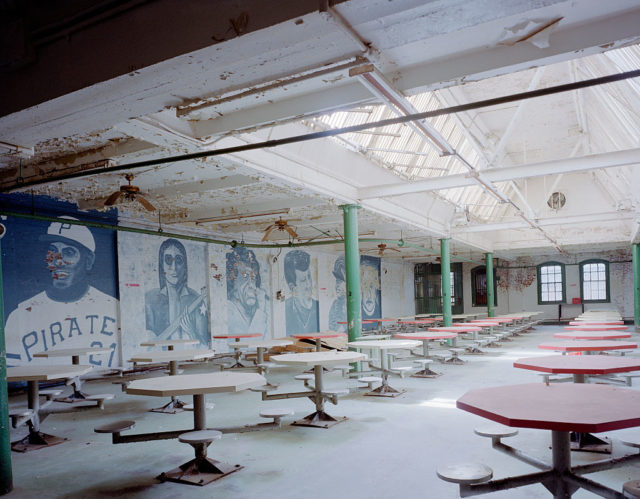
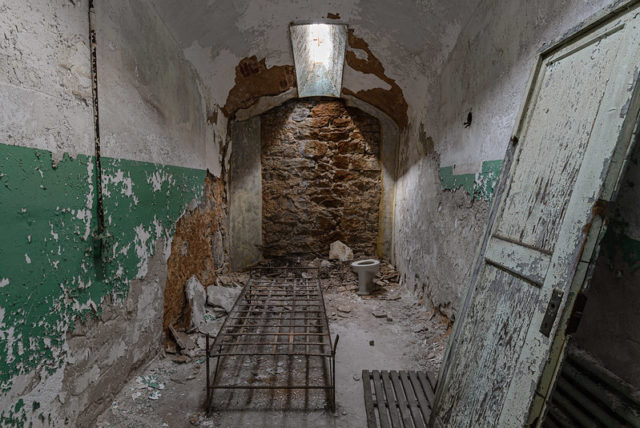
In its later years, a group therapy program was started, with the aim of involving all those housed at Eastern State. Beginning in 1967, the groups were led by two therapists – one from the social work or psych staff and the second from the prisoner officer staff. While short-lived, it was moderately successful.
Closure of Eastern State Penitentiary
In January 1970, Eastern State Penitentiary closed. The majority of prisoners and guards were transferred to Graterford Prison, approximately 31 miles away. Between 1970-71, the penitentiary was home to a number of inmates from Holmesburg Prison after a riot broke out at the facility.
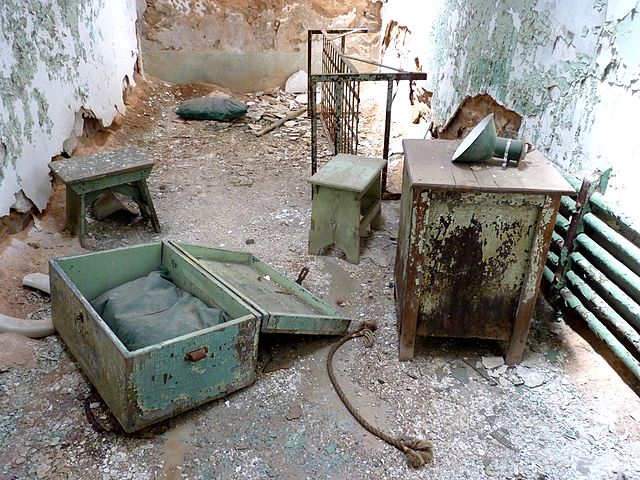
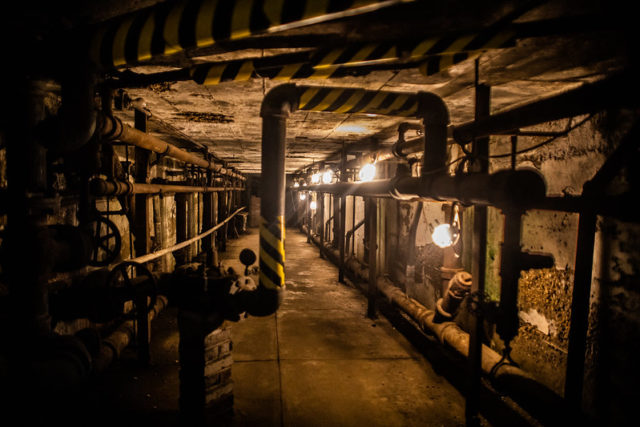
A couple of years after its closure, Eastern State was purchased by the City of Philadelphia for $400,000. The intention was to redevelop the property, and city council was presented with numerous proposals, including a luxury apartment complex and a mall. These discussions were halted in 1988 when the Eastern State Penitentiary Task Force petitioned Mayor Wilson Goode to stop any redevelopment plans.
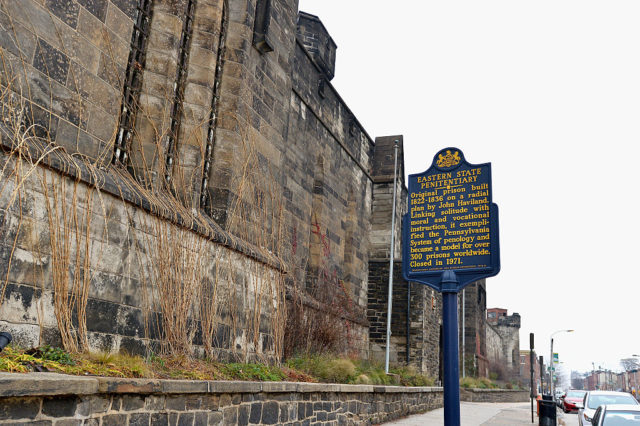
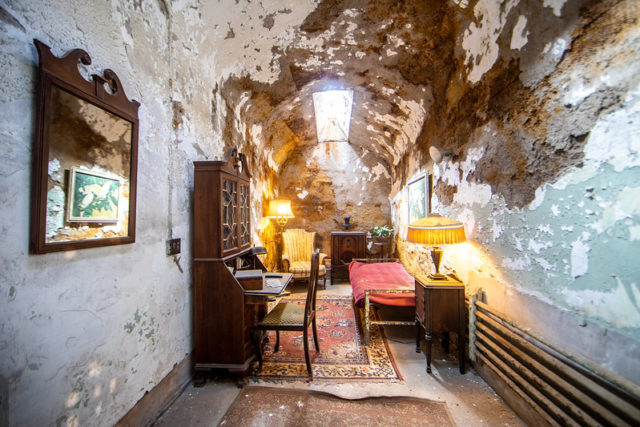
From its closure until the late 1980s, a “forest” grew both within and outside the cellblocks. The penitentiary also became home to a number of stray cats, which were regularly fed by an official working with the city.
Guided tours at a National Historic Landmark
In 1958, the City of Philadelphia certified Eastern State Penitentiary as a historical property, and seven years later it was designated a US National Historic Landmark. For decades, the property was left in “preserved ruin,” meaning little-to-no renovations or restorations were attempted. This was until 1991, when The Pew Charitable Trusts provided funding to begin a stabilization effort.
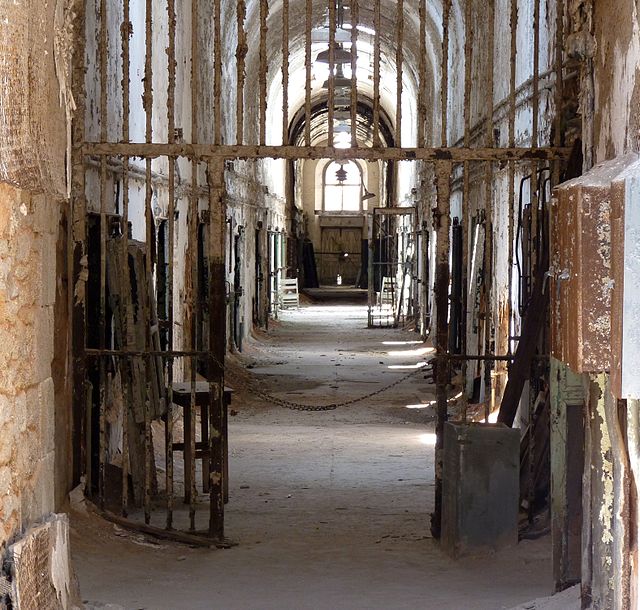
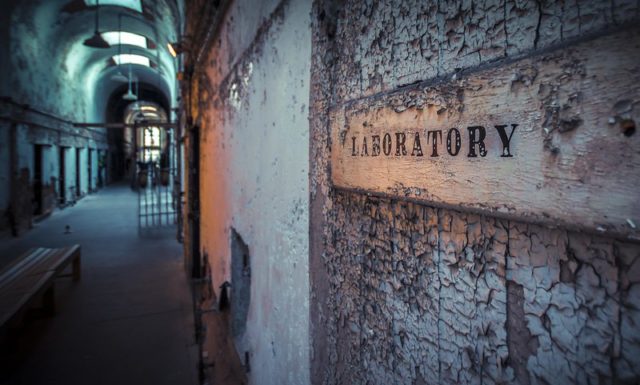
Currently, Eastern State serves as a museum and is open to the public year-round. Visitors have the option of going on guided tours or exploring the penitentiary by themselves with the aid of self-guided audio tours. There is also a scavenger hunt for children.
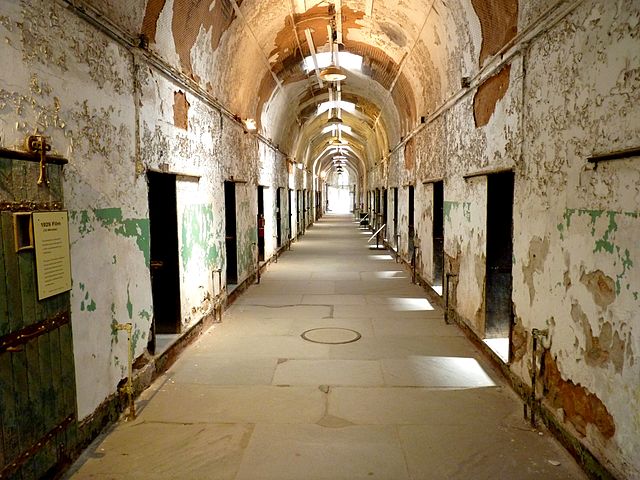
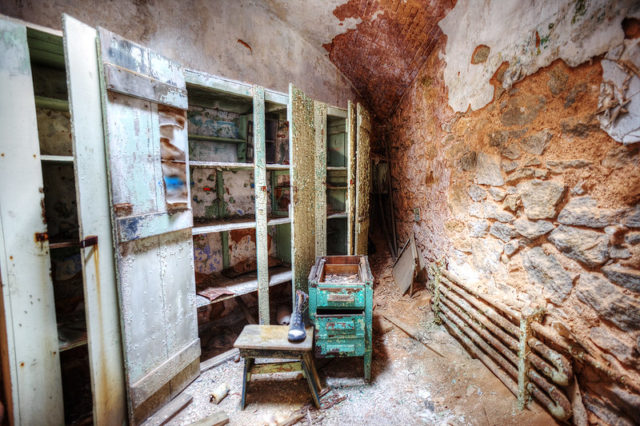
An estimated 220,000 visitors make the trip to Eastern State each year, many of them paranormal investigators drawn to the penitentiary by reports of strange and unexplainable happenings within its walls.
